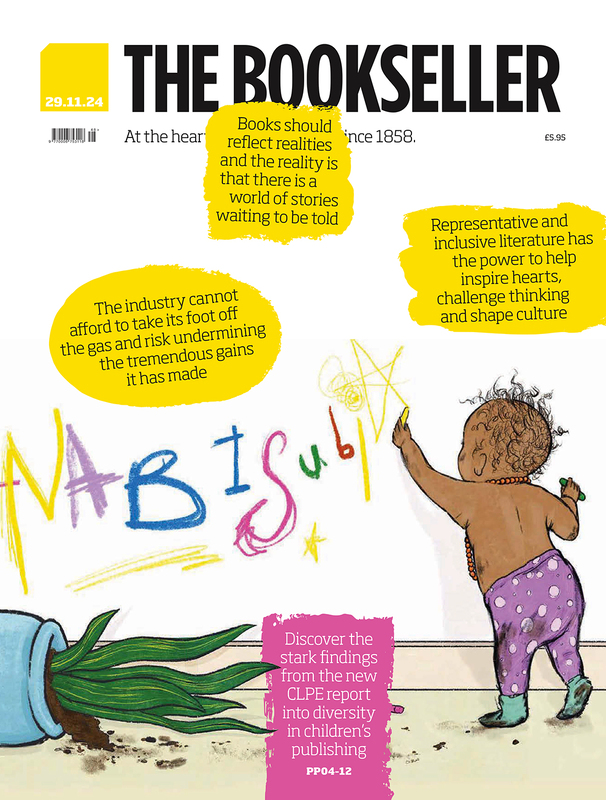You are viewing your 1 free article this month. Login to read more articles.
How nearly drowning inspired me
When I was 12, we borrowed my uncle's beach cottage on the coast of Northern Denmark, something we often did in the holidays. I'd only just learned to swim properly and was desperate to go in the water to test my new-found skills, but my dad insisted that I waited until he had time to come with me.
"The sea is completely flat!" I protested.
"There's still a strong undercurrent," he warned. "You'll have to wait."
But he took forever, it seemed, doing various repairs to the cottage, while my mum was busy clearing up after lunch and looking after my younger sister. In the end I grabbed my beach towel and sneaked off down to the water on my own, wincing at the way the gravel on the lane leading to the beach dug into my bare feet. But I was determined.
Fortunately - for me - my sister was a terrible tell-tale.
Once I'd got to the water's edge, I dumped my towel on the sand and dipped a toe in the water, which was pleasantly warm. Then I ventured further out till the water reached my waist, and it was deep enough for me to swim. I swam out to the first sandbar, with the water getting to a depth of about eight feet below me because of high tide. At the sand bar the water was only chest high, and I could stand up again.
Triumphant that I'd come so far on my own, I thought: "What was all the fuss about?" Then I heard a shout in the distance. My dad had come down to the beach and was gesticulating wildly for me to come back in. I raised my arm to show I was okay, but just then I was yanked underwater.
The sheer shock of it made me swallow down huge gulps of water. Thrashing my arms around in blind panic, I tried to get back up but I'd been caught in the strong undercurrent heading out to sea, and couldn't. It lasted only a few moments, but it was like a lifetime.
Then I felt an arm around me, and I clung to it desperately. My dad had thrown himself out into the waves, still in his gardening clothes, to come to my rescue. He pulled me back up above water, and we rode the current outwards while I gasped and heaved for air, until we were further down the coast and could swim back in without any difficulties.
"Will you listen to me now?" he remarked dryly, but the tremor in his voice told me he was far too relieved to be angry with me. From then on I did listen.
He told me that I'd come across a so-called suction hole, a deep channel created by the water as it flows back over the sand bar and out to sea again. These holes are scattered along the whole of Denmark's west coast, and locally they're known as “hestehuller”. This roughly translates as “horse pits” – presumably because the current is strong enough to drag even a horse below.
Much later, the incident became a source of inspiration when I was working on my novel Up Close, which tells the story of American Lia Thompson, who returns to her grandmother's house in Norfolk and encounters former naval officer Aidan - who is keeping something from her. A part of Lia's fear of the water came from my own ordeal - writing the novel stirred up dark memories, but also relief that my father had been there that day.
Up Close by Henriette Gyland is published by Choc Lit on 7 December.













